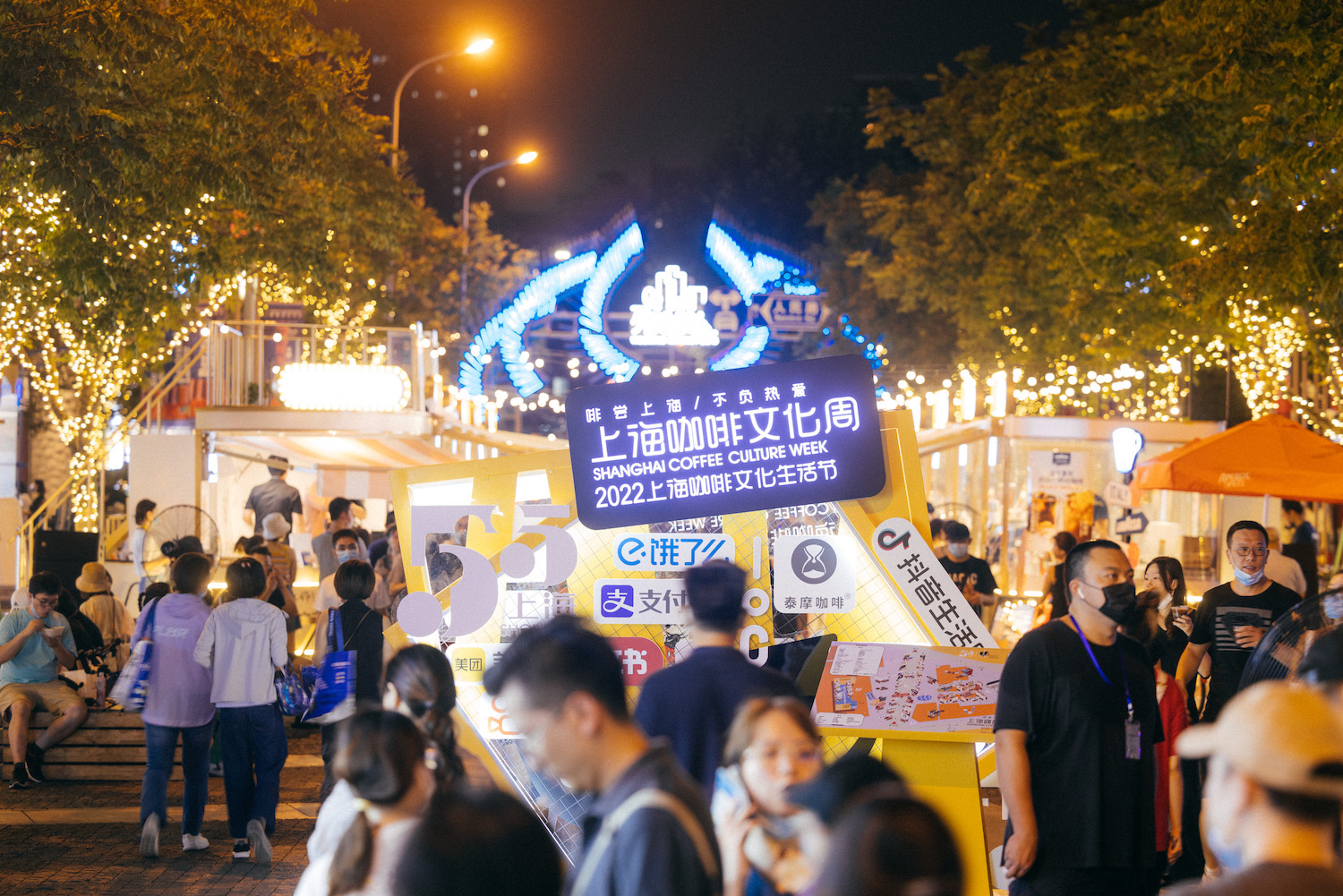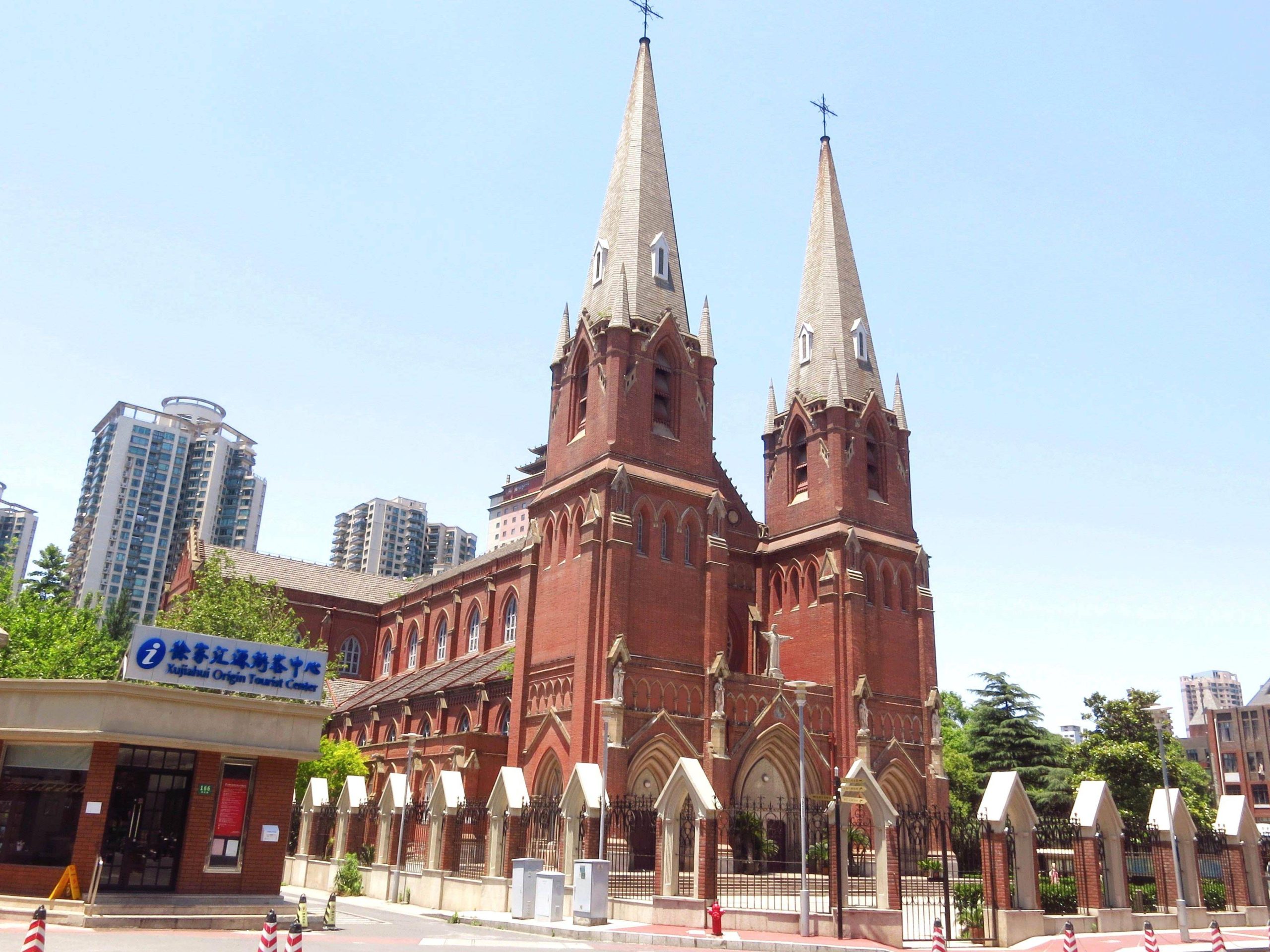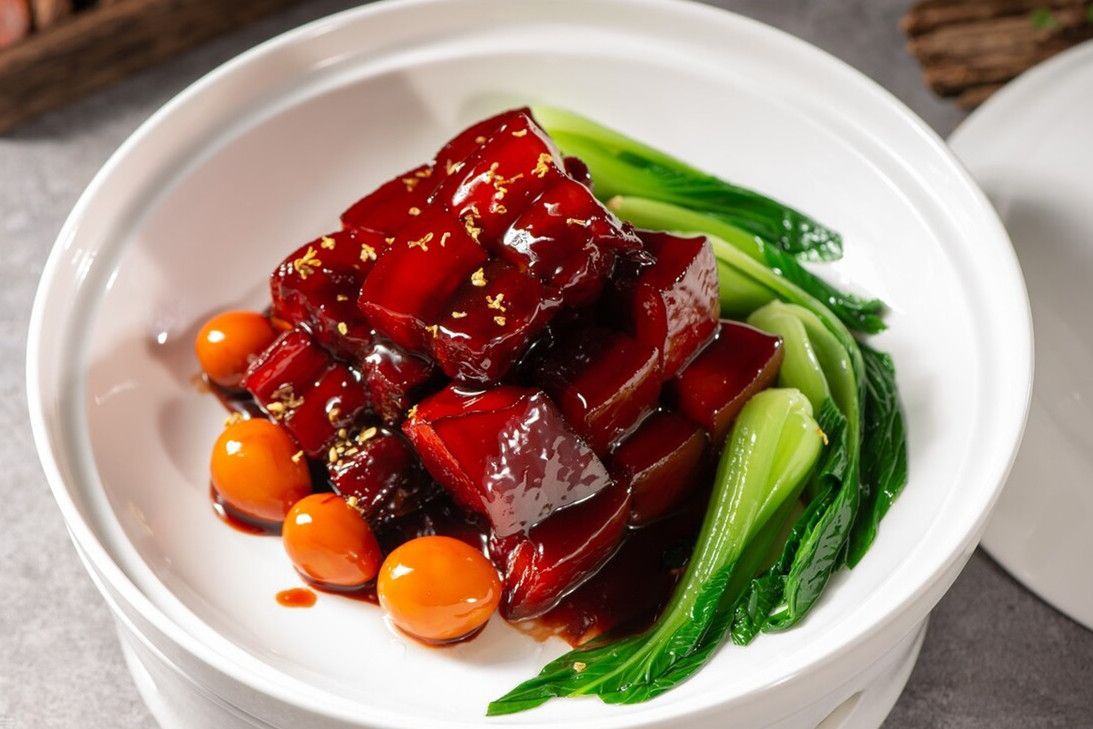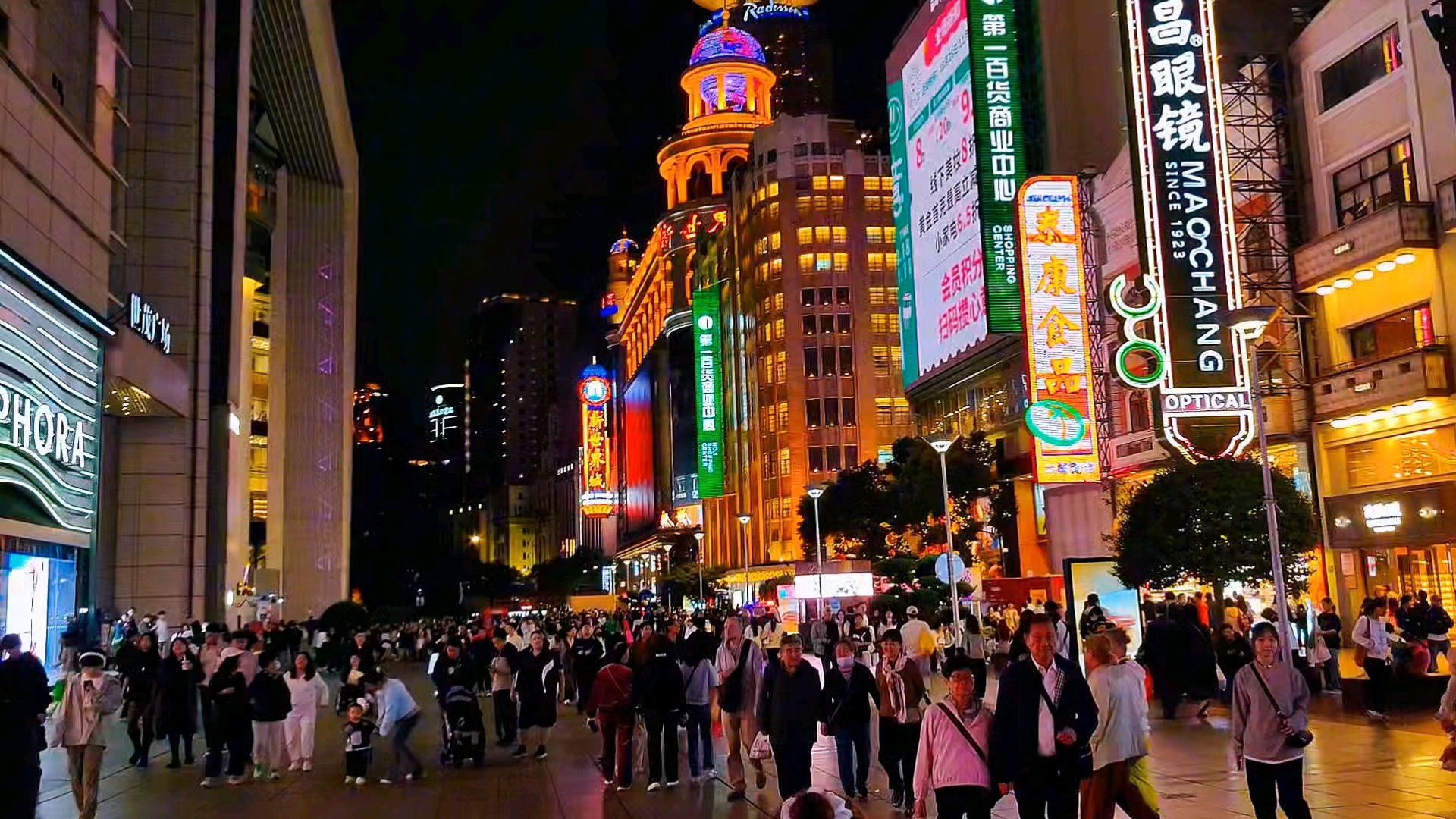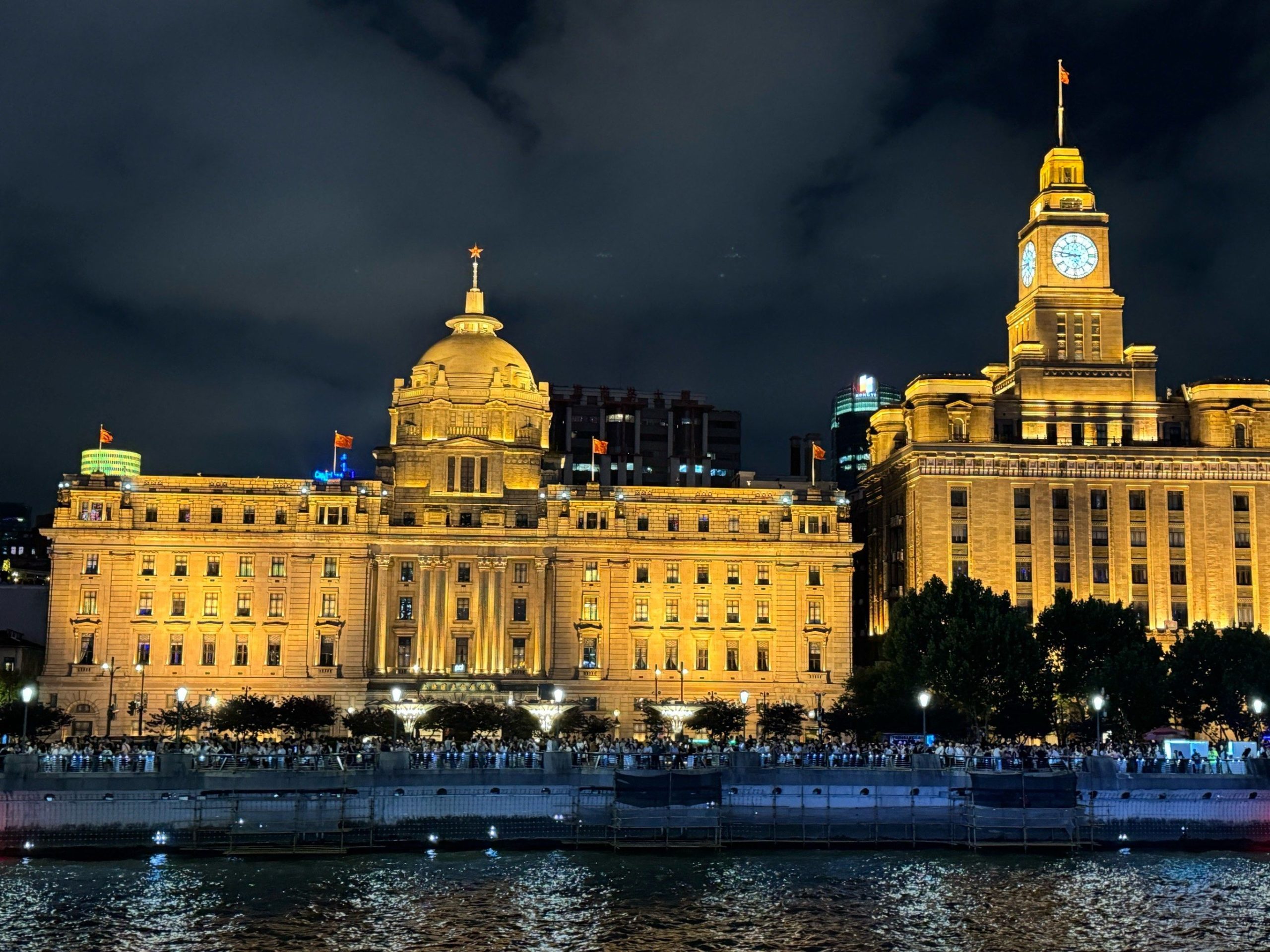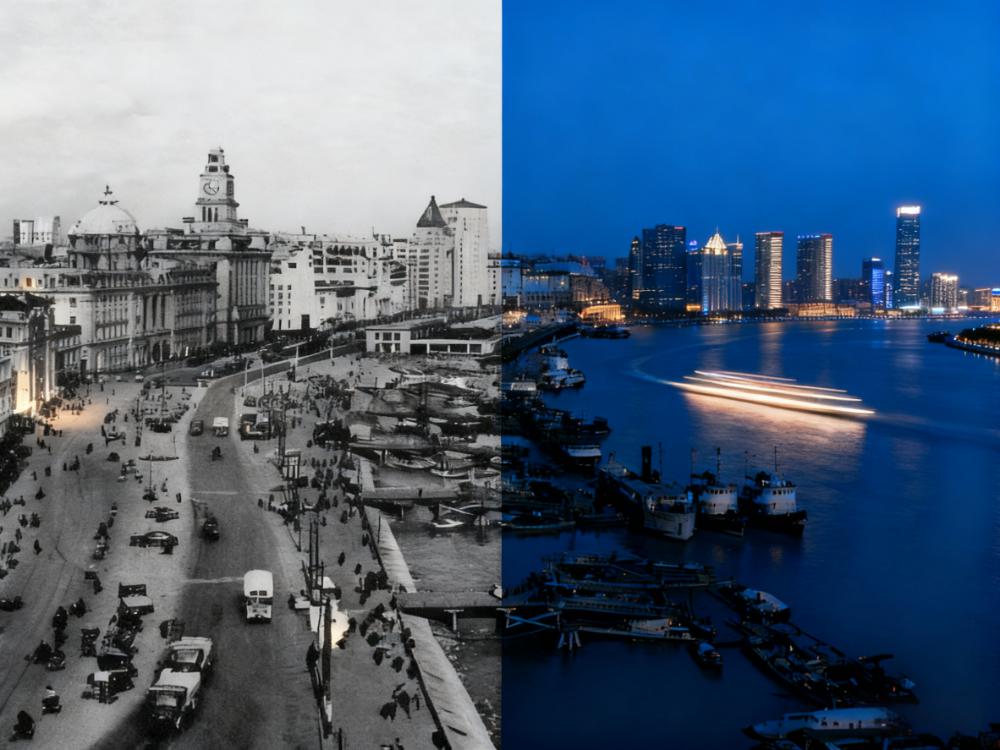✨ Overview
Shanghai is a city of contrasts — where tai chi meets coffee, and neon nights flow seamlessly into tranquil mornings. Whether you’re sipping an artisanal latte, enjoying a cocktail by the Bund, or watching seniors practice tai chi in a park, you’ll discover that life here is all about balance — between fast and slow, East and West.
☕ Coffee Culture: Where Style Meets Aroma
In Shanghai, coffee is more than caffeine — it’s a daily ritual. The city boasts one of the world’s highest café densities, from stylish chains to quirky indie spots.
Xintiandi’s Café Scene
Grab a flat white in Xintiandi, where modern glass buildings meet Shikumen courtyards. Try local favorites like Seesaw Coffee or Manner Coffee — both born in Shanghai. Come mid-morning for the best vibe: calm, cozy, and full of creative energy.
The “Hai Pai” Blend
Shanghai’s coffee culture reflects its Hai Pai spirit — East-meets-West fusion. Some cafés, like Old Shanghai Coffee in Tianzifang, mix espresso with local touches, served amid vintage photos and cheongsam displays.
Coffee & Connection
For locals, cafés double as mini social hubs — places for meetups, brainstorming, or quiet escapes. As one regular joked, “In Shanghai, we don’t just drink coffee; we live in it.”
🌃 Nightlife: The City That Never Sleeps
When the lights come on, Shanghai reveals another side — sophisticated, colorful, and alive till dawn.
The Bund by Night
Nothing beats the Bund’s skyline view. The contrast of Lujiazui’s futuristic towers and the Bund’s colonial façades creates the city’s most iconic nightscape. Dine riverside or simply stroll with an ice cream as the city glows.
Xintiandi & French Flair
Xintiandi buzzes with life — open-air bars, international DJs, and cocktails that mix East and West. Try “Old House,” where a French bartender infuses local ingredients into creative drinks.
Tianzifang’s Artistic Evenings
Prefer quiet charm? Head to Tianzifang, where small bars and live music fill old alleyways with intimate energy — perfect for mellow nights and local encounters.
🌳 Mornings in the Park: Finding Calm
Before the city rush begins, Shanghai’s parks come alive.
Tai Chi in People’s Park
Under shady plane trees, groups of seniors move in perfect rhythm. Stop and watch Aunt Li’s tai chi — graceful, peaceful, and deeply Shanghai.
Jogging in Century Park
In Pudong’s largest park, joggers loop around lakes and gardens. If you join in, go between 6–8 a.m. for the fresh morning air and local camaraderie.
Dancing in Zhongshan Park
Later in the morning, you’ll hear music — that’s the dama (aunties) dancing. Join them for a few steps; they’ll welcome you with smiles.
⚖️ Life at Two Speeds
Shanghai thrives on contrast — fast-paced by day, unhurried by night. Locals know when to rush and when to pause. Many unwind with coffee after work, then slow down on weekends with walks, books, or quiet time in cafés.
As one café owner put it, “Life is like coffee — you have to taste it slowly to enjoy its beauty.”
🧭 Practical Travel Tips
☕ Best Coffee Hours: 10 a.m.–12 p.m. or 2–4 p.m. (less crowded)
🌃 Best Night Views: The Bund from 8 p.m.–11 p.m.
🌳 Best Morning Spots: People’s Park, Century Park, Zhongshan Park
🚇 Getting Around: Use the Metro. A one-day or three-day pass is ideal for sightseeing.
🍜 Local Eats: Try shengjian bao (pan-fried buns) near parks or brunch in Tianzifang cafés.
🏨 Where to Stay: Central areas like Jing’an, Xintiandi, or the Bund offer easy access to all experiences.
🌏 Keywords
Core Keywords: Shanghai lifestyle, Shanghai coffee culture, Shanghai nightlife, Shanghai morning tai chi, Hai Pai culture, urban life in Shanghai
Travel Keywords: Best cafés in Shanghai, The Bund night view, Xintiandi bars, Tianzifang nightlife, People’s Park tai chi, Century Park jogging, Shanghai metro pass, Where to stay in Shanghai
💡 In a Nutshell
Shanghai is a city that moves fast — yet always finds time to breathe. From a steaming cup of coffee to tai chi under the morning trees, from dazzling lights to quiet alleyways, this city teaches one beautiful lesson: the art of balance.
